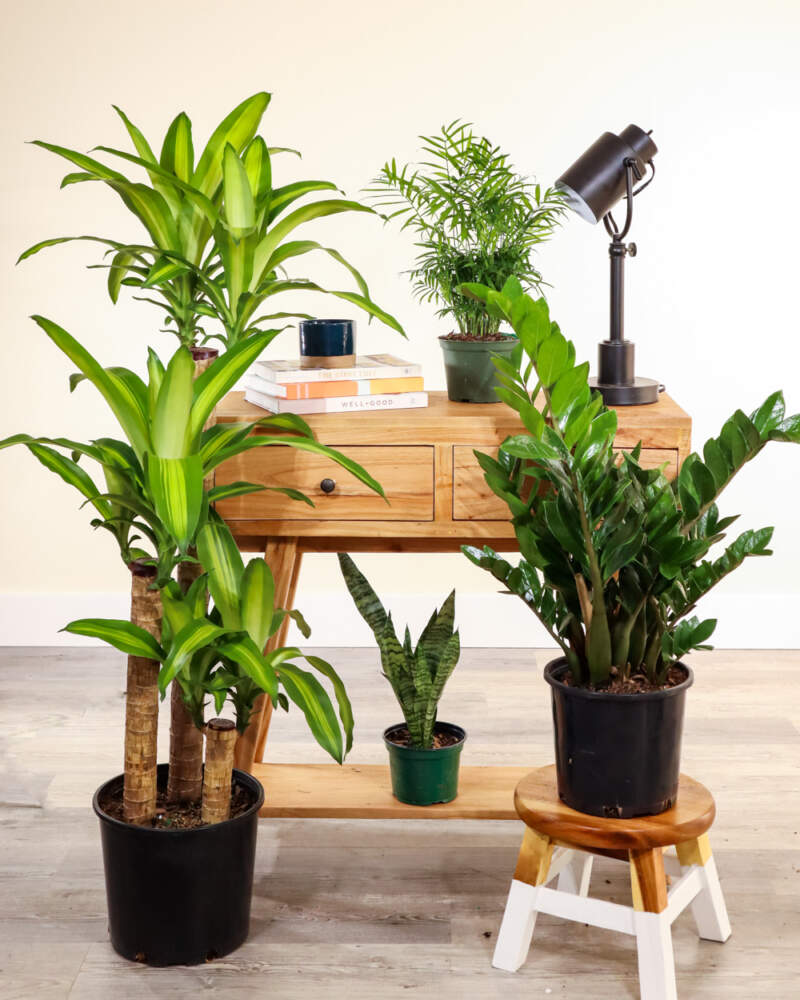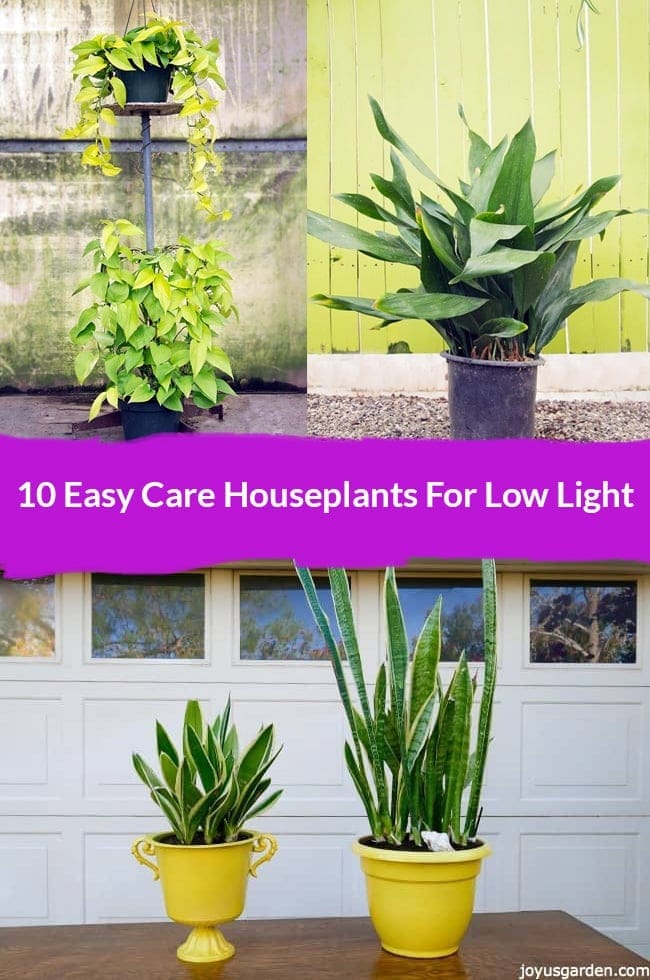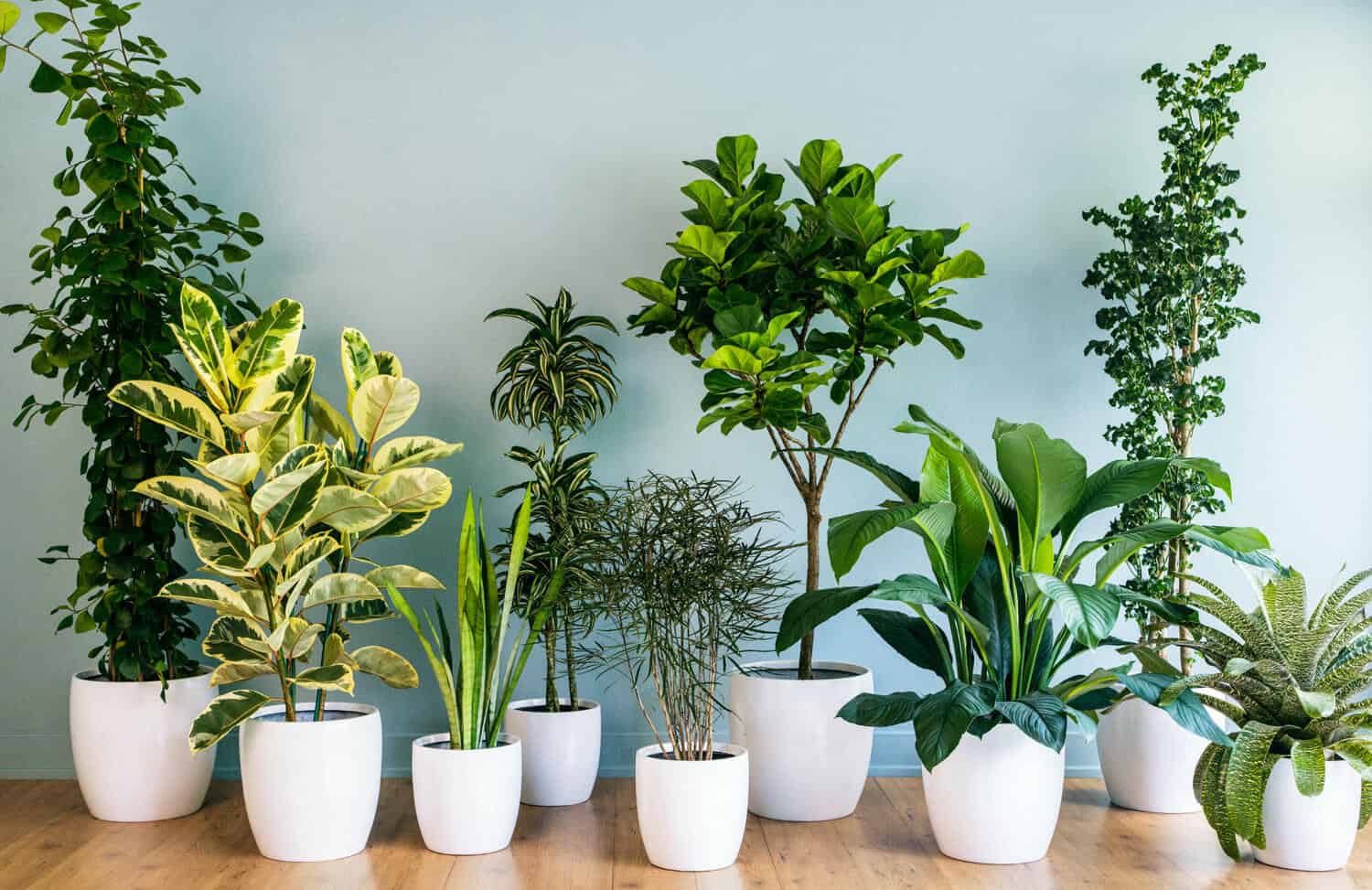Discover the Best Low-Light Indoor Plants for Your Home or Office Space
Discover the Best Low-Light Indoor Plants for Your Home or Office Space
Blog Article
Transform Your Home With Beautiful Low-Light Indoor Plants and Their Advantages
Integrating low-light indoor plants into your home can considerably improve both the environmental and visual top quality of your home. These plants, which thrive in dim conditions, serve not only as attractive components yet also as natural air purifiers, making them perfect for metropolitan residents or those with minimal sunshine direct exposure. As we explore the different kinds of low-light plants and their advantages, you may discover unexpected means to incorporate them into your home that can change your surroundings in ways you may not have actually anticipated.
Advantages of Low-Light Plants
Low-light plants supply many advantages for interior atmospheres, making them an exceptional option for both novice and skilled garden enthusiasts. Among the main benefits is their flexibility to low-light conditions, allowing people to improve their home without the need for extensive sunshine exposure. This particular makes them excellent for apartment or condos, offices, and various other locations with restricted natural light.

In addition, integrating low-light plants into home décor can raise the aesthetic charm of an area. Their rich vegetation and varied structures produce a soothing environment, adding to general wellness. Finally, the existence of greenery has been linked to reduced tension levels and enhanced productivity, making low-light plants a practical selection for boosting both psychological and physical health in indoor settings.
Top Low-Light Indoor Plants
While many indoor plants grow in bright light, numerous species are especially fit for low-light conditions, making them ideal for numerous indoor areas. One preferred option is the Serpent Plant (Sansevieria), known for its striking upright fallen leaves and durability, requiring marginal care. An additional exceptional option is the Pothos (Epipremnum aureum), which includes heart-shaped fallen leaves and can track magnificently from hangers or shelves, growing in reduced light and adding a lavish touch.
The ZZ Plant (Zamioculcas zamiifolia) is celebrated for its shiny fallen leaves and ability to withstand neglect, making it best for busy way of livings. In a similar way, the Peace Lily (Spathiphyllum) not just tolerates reduced light however likewise produces spectacular white blossoms, improving any area's aesthetic.
For an one-of-a-kind touch, take into consideration the Cast Iron Plant (Aspidistra elatior), which without a doubt meets its name, growing in the darkest edges of your home. Last but not least, the Chinese Evergreen (Aglaonema) uses a range of fallen leave patterns and shades while being remarkably forgiving in low-light conditions. These plants not only beautify interior environments however likewise contribute to air filtration, improving your space.
Treatment Tips for Low-Light Plants

Sprinkling methods are essential; these plants often like slightly completely dry conditions. Overwatering can cause root rot, so guarantee that the leading inch of soil is completely dry prior to watering once more. Use pots with water drainage holes to enable excess moisture to run their website away.
Moisture is another vital aspect. Many low-light plants, such as brushes and peace lilies, take advantage of higher moisture levels. To boost moisture, consider misting the leaves or positioning a tray of water near the plants.
Fertilization ought to be come close to with care. During the growing period, use a weakened, balanced fluid plant food monthly to support development, but prevent feeding during the dormant wintertime months.

Imaginative Ways to Display Plants
Indoor plants can offer as exciting focal points in any type of room, enhancing both aesthetic allure and ambiance. Innovative display screens can boost the aesthetic influence of low-light plants, making them an integral part of your home design. One efficient technique is to utilize tiered plant stands, which permit you to display numerous plants at differing elevations while taking full advantage of floor area.
Hanging planters are one more cutting-edge choice, producing a sense of depth and drawing the eye upwards. Take into consideration macramé wall mounts or wall-mounted racks to introduce a distinct texture and style.
For an extra organized method, use geometric terrariums or glass containers to house your plants, adding a contemporary touch to your indoor yard. You can additionally repurpose classic things, such as teacups or wooden crates, for a diverse display screen that shows your character.
Enhancing Home Atmosphere With Plants
Integrating low-light plants into your home not only enhances visual appeal but likewise adds substantially to the general atmosphere. These plants serve as natural design components, presenting a feeling of harmony that can change any room. The presence of plant promotes a soothing ambience, which is particularly helpful in high-stress settings such as home workplaces or living rooms.
Low-light plants, such as serpent plants, pothos, and ZZ plants, are not only cosmetically pleasing but additionally boost interior air quality by filtering contaminants. This twin function improves the atmosphere even more, creating a much healthier home (Best low-light indoor plants). The calculated placement of these plants can also influence the perception of room; as an example, tall plants can attract the eye upwards, making ceilings appear greater and areas more large
Moreover, varying structures and shades of vegetation add depth to interior style, permitting creative read here expression in home styling. Whether positioned Continued on racks, in edges, or as centerpieces, low-light plants can elevate the mood of any kind of area. In recap, including these plants into your home is a reliable way to promote a cozy, welcoming environment while enjoying the advantages of boosted air quality and aesthetic adaptability.
Conclusion
Incorporating low-light interior plants right into home atmospheres supplies countless advantages, consisting of boosted visual allure and boosted air top quality. These resistant plants, such as the Serpent Plant and Tranquility Lily, need very little light and maintenance, making them appropriate for diverse way of livings. Their capacity to filter toxins adds to a much healthier space, while their diverse structures and colors enrich interior decor (Best low-light indoor plants). Inevitably, the incorporation of low-light plants promotes a tranquil and inviting ambiance, changing any kind of home into a relaxing oasis.
While numerous indoor plants grow in intense light, numerous varieties are specifically fit for low-light problems, making them suitable for numerous interior areas. One effective approach is to make use of tiered plant stands, which allow you to display multiple plants at differing heights while making best use of flooring area.
Low-light plants, such as serpent plants, pothos, and ZZ plants, are not only visually pleasing but likewise enhance interior air high quality by filtering contaminants. Best low-light indoor plants. The critical placement of these plants can also affect the perception of area; for circumstances, tall plants can draw the eye up, making ceilings show up higher and spaces extra spacious
These durable plants, such as the Serpent Plant and Tranquility Lily, require very little light and upkeep, making them ideal for diverse way of lives.
Report this page